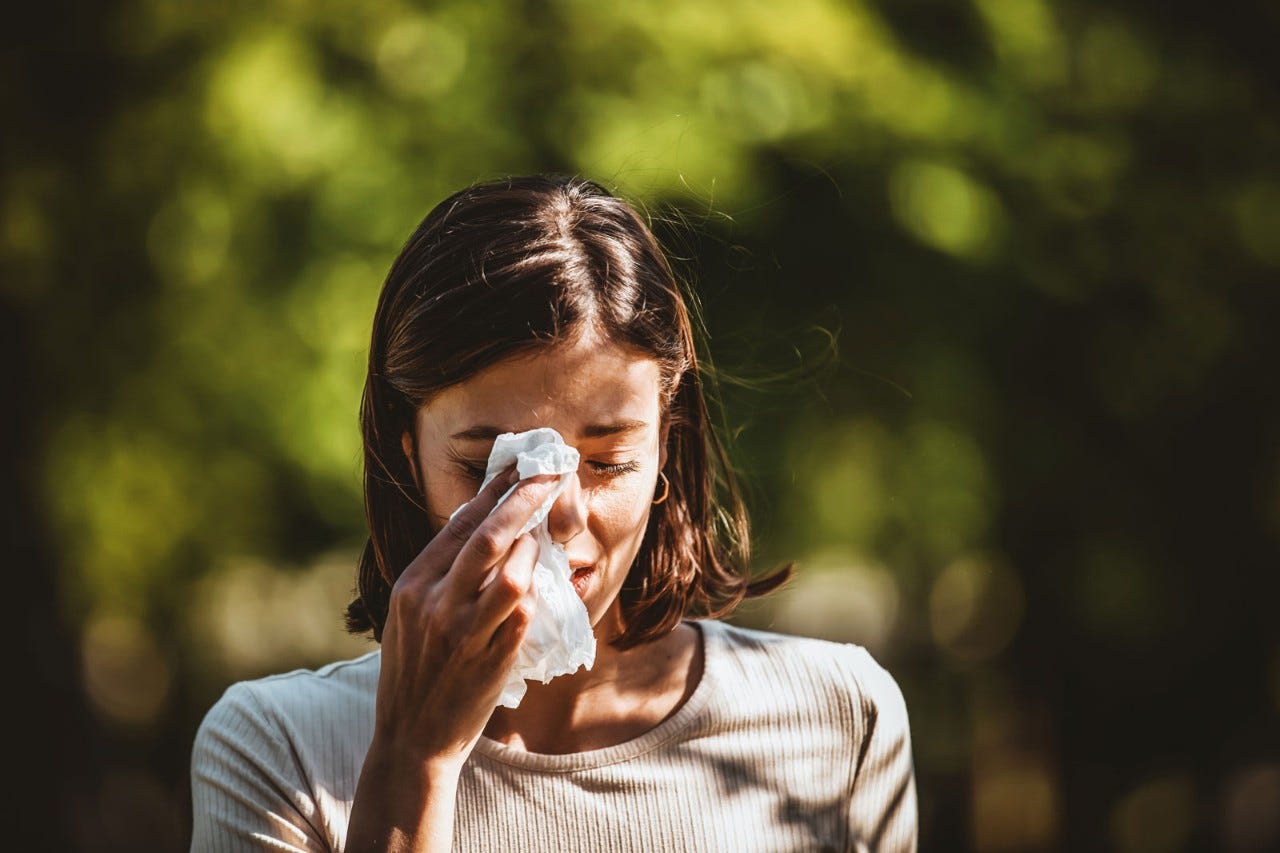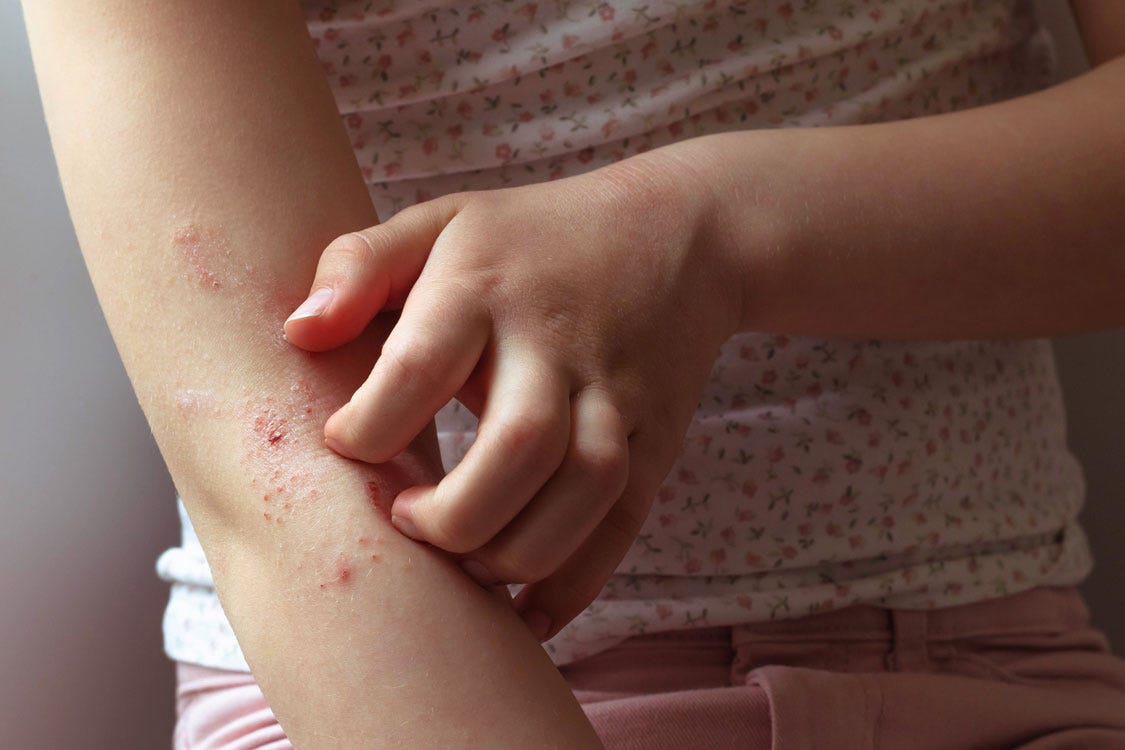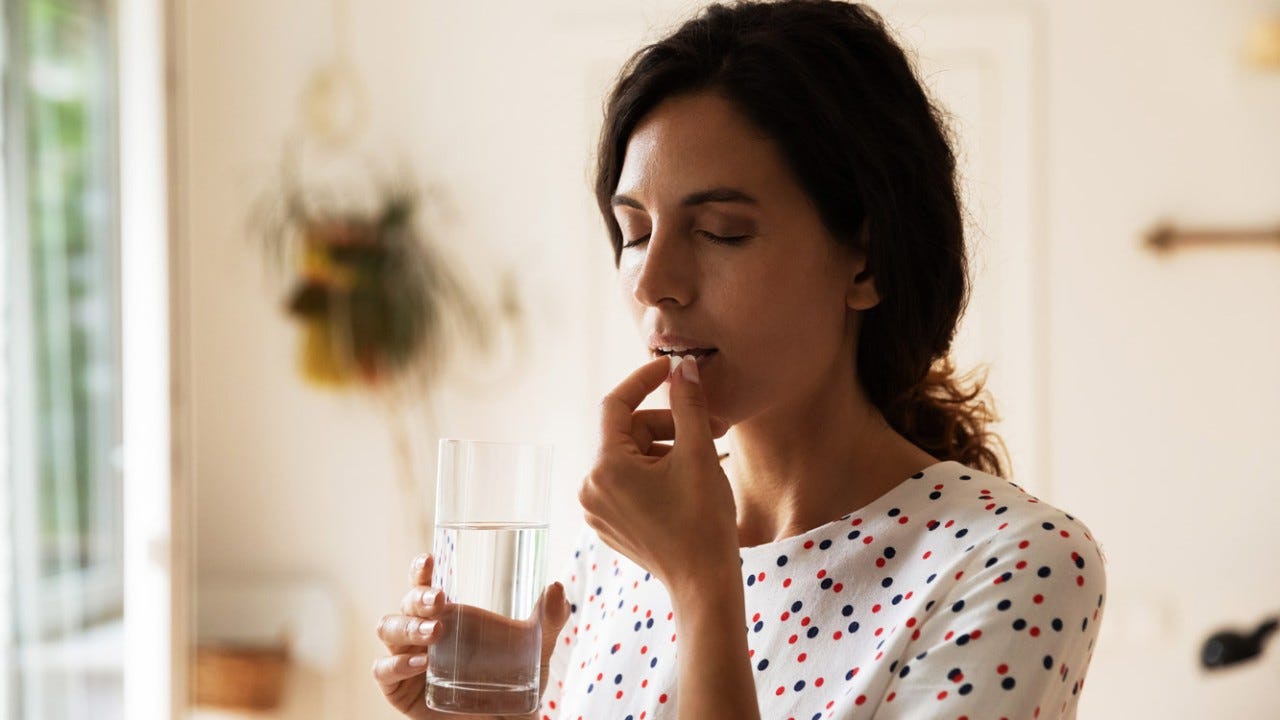Immunotherapy: help for hay fever
A little jab with a big impact: If you have hay fever, immunotherapy can be used to weaken your body’s response to pollen.

A picnic in the blooming meadow, pollen buzzing through the air, the smell of hay and straw. Sound good? If your nose twitches and your eyes itch at just the thought of it, you probably suffer from hay fever. It’s a common condition, with around 30% of people in Switzerland being allergic to pollen, and making it the front runner among all allergies in our part of the world.
Hay fever is a perplexing phenomenon, with seemingly harmless pollen and grasses, which surround us naturally every year, suddenly being classified as dangerous by the body and attacked in the same way as pathogens. The immune system overreacts, and the consequences can be irritating and exhausting. People who suffer from allergies are then plagued for weeks or even months by a runny nose, itching, red and watery eyes and breathing difficulties or an unpleasant tight feeling in the chest.
When is hay fever season?
People don’t only suffer from hay fever in the spring or summer. Hazelnut and alder, for example, torture sufferers from December or January, Various tree varieties then follow until April. Grass tends to hit in late spring and summer. Plants release their pollen at slightly different times each year depending on the weather. And some years they can be stronger than others. You can find information on the pollen count via allergy maps, such as the ones published by Meteo Schweiz.
One thing is certain: people with hay fever unfortunately can’t avoid all contact with allergens – the substances that trigger their symptoms – beacuse they are around us, sometimes in very high concentrations, all day, every day.
Hay fever: who is affected?
Who suffers from hay fever and why is not fully understood. Genetic factors probably play an important role, because susceptibility to allergies can be passed down through the family. Our super-hygienic lifestyle is also said to encourage hay fever. “What’s more, environmental pollution seems to have made pollen more aggressive over the years, so more people are being affected,” says Dr Gerhard Müllner, chief consultant for allergology and deputy director of the Centre for Allergology and Dermatology at the Lucerne cantonal hospital.
Treatment: how to fight hay fever
“Fortunately today there are a range of effective medicines to help ease hay fever, including anti-inflammatory nasal sprays, anti-allergic eye drops and antihistamines in the form of tablets or drops, explains the allergy expert. In most cases, antihistamines inhibit the histamine, i.e. the messenger substance in the body that triggers the immune reaction to allergies.
Cortisone in nasal sprays and anti-allergic eye drops (with and without cortisone) also help against hay fever, as they prevent inflammatory reactions. Müllner emphasizes: "Local nasal sprays containing cortisone are the most effective medication for hay fever. However, many people first buy antihistamines from the pharmacy and then have to use more and more to achieve the same effect. But in fact nasal sprays containing cortisone are very well tolerated and can be used for a long time without any problems.
Anti-allergic eye drops without cortisone can also be taken without hesitation over a longer period. Cortisone-containing eye drops, on the other hand, should only be used in consultation with an ophthalmologist.”
Immunotherapy: getting to the root of the problem
If medication doesn’t ease the symptoms sufficiently or you don’t want to take medication in the long term, the second step is allergen-specific immunotherapy, also known as desensitization. This gets to the heart of the problem instead of just fighting the symptoms of hay fever. “The treatment allows the body to get used to the allergen step by step so that it weaken the body’s response to the substance and the symptoms reduce,” says Müllner. This treatment, which is covered by health insurance, can be started as early as age five.
It is important to know – particularly now when some people are wary of vaccinations – that the allergy jab is a natural treatment. “It is the pollen that the patient is allergic to that is injected under the skin, not medication.” The substance is initially injected once a week until the maintenance dosage is reached, then it is reduced to every four to six weeks.
Anyone who doesn’t like needles or who doesn’t want to come to the practice so often can opt for the sublingual immunotherapy, which is administered as drops or tablets. The substances have to be taken daily at home over a period of six months. Both forms of treatment take around three years in total, but the effect lasts much longer. However, after a certain period of time, the immunotherapy treatment usually has to be repeated as the effect decreases over time, says Müllner.
Immunotherapy is very effective
“The treatment is extremely effective and well tolerated by the vast majority of patients. Symptom decrease by around 50% to 90%.” After treatment, patients take far less medication. But many people are scared of immunotherapy, which is why it is often only applied very late in the day and only when the patient’s quality of life is severely restricted. “And this is the case even though severe side effects are extremely rare and there is no evidence of long-term side effects,” says Müllner.
Initially, patients may experience a swelling or rash at the injection site, hay fever symptoms, hives or an asthma attack. These side effects typically occur within 30 minutes of the injection, which is why patients remain at the practice for observation during this period. It is a good idea not to do sport or drink alcohol straight after having the injection. Soon there will be nothing stopping you from enjoying a summer picnic without a runny nose.


